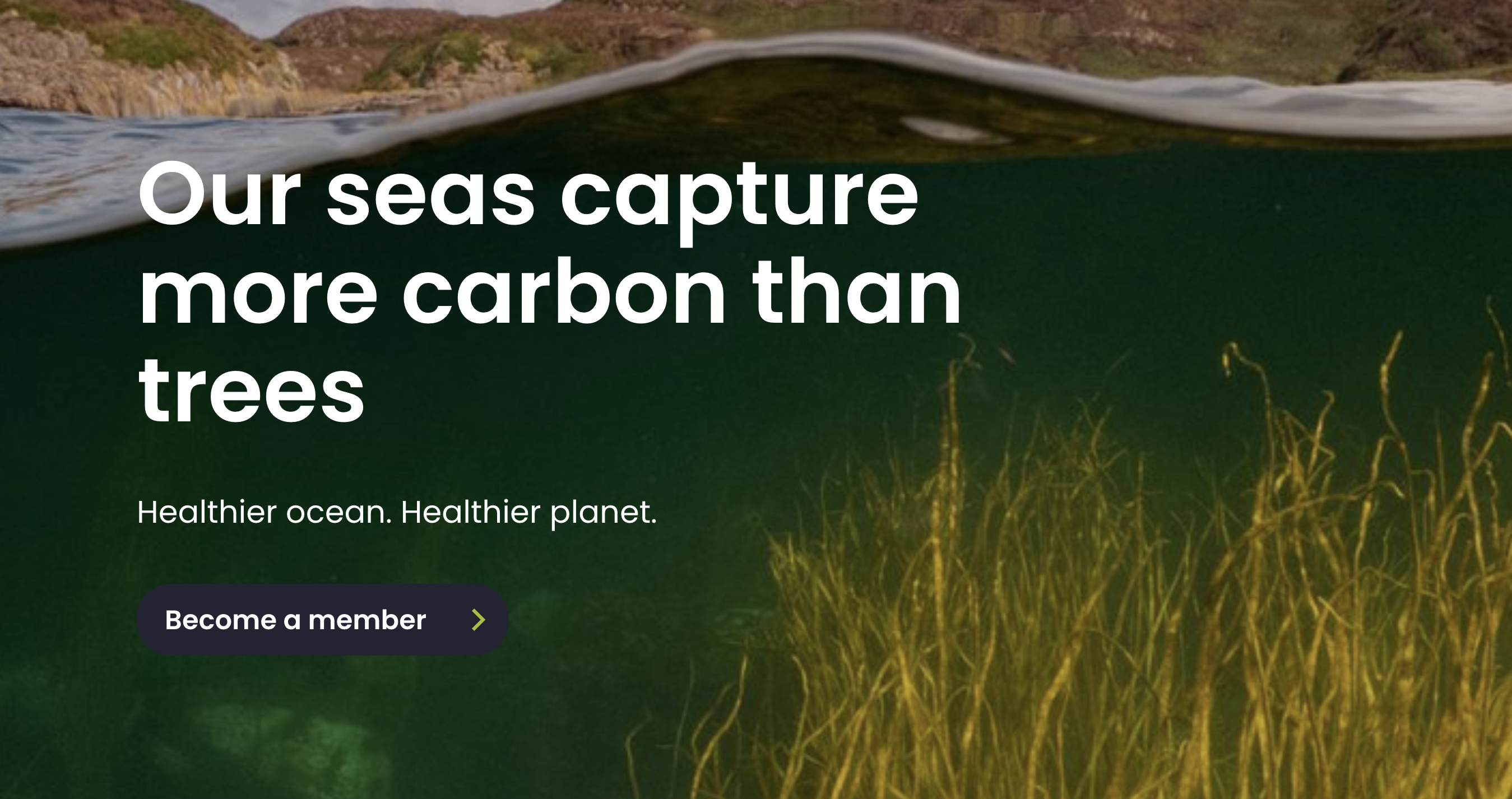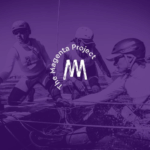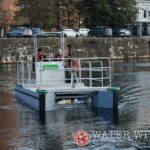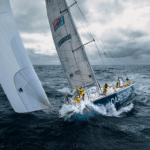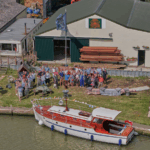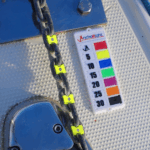On 14 May the Marine Management Organisation announced a consultation on byelaws to protect and manage 13 offshore MPAs. This follows the banning of bottom-towed fishing gear from four offshore MPAs, including Dogger Bank.
These first four byelaws – effective from 13 June 2022 – are a win for the Marine Conservation Society’s ongoing Marine UnProtected Areas campaign. The campaign is calling for protection, at long last, of England’s offshore MPAs designated to protect the seabed which is vital for absorbing and storing carbon, buffering the effects of climate change, and supporting biodiversity.
When damaging fishing gear like bottom trawls and dredges are permitted to fish in these MPAs, the health of the planet is compromised; preventing the recovery of ecosystems already lost to decades of exploitation and limiting the seabed’s ability to store carbon and combat the effects of the climate crisis.
The Marine Conservation Society is releasing new research, outlining 16 ‘critically important’ sites for protection. Half of the 16 critically important MPAs experienced disturbance (seabed trawling) on over 90 per cent of the total ‘protected’ area.
Just 5 of the 13 proposed byelaws from the MMO are sites deemed ‘critically important’ in the Marine Conservation Society’s newest analysis.
By analysing fishing data, carbon storage potential, habitat sensitivity and MPA conservation objectives, the charity has ranked the remaining offshore sites in need of legislation from ‘critically important’ to ‘important’.
Of the sites identified as ‘critically important’, the South-West Deeps (East) Marine Conservation Zone received the highest score of all sites, making it the most critical for protection. This site – approximately 190km southwest of the Land’s End peninsula – has not been included in the latest consultation.
The area is vital for carbon storage and is a biodiversity hot spot, experiencing a summer plankton bloom each year bringing wildlife to the area. The Marine Conservation Society’s analysis found that, on average, the area experiences over 5,000 hours of bottom trawling each year. The site has the potential to store up to 1.7 million tonnes of organic carbon; the same amount of carbon as that emitted by over 1 million return flights from London to Sydney.
Frith Dunkley, MPA Researcher at the Marine Conservation Society, said: “Many of the sites of critical importance for protection were not initially designated for their carbon storage potential. However, this added element makes ocean protection even more vital. The huge volumes of carbon which can, and should, be stored by these vast Marine Protected Areas could be put at risk by countless hours of fishing, where vessels indiscriminately drag nets along the seabed.
“As we face twin climate and biodiversity crises, it’s of the utmost importance that we allow these sites to recover.”
Dr Jean-Luc Solandt, MPA Specialist at the Marine Conservation Society, said:“Our new analysis represents a clear path for the Government to take in protecting our seas. We have found 16 sites of critical importance. It is disappointing to see that just five of the 13 proposed byelaws being consulted on now are those we have identified as critically important. The four byelaws, due to be in place from 13 June, are a step in the right direction, but there is a long way to go to achieve protection of 40 sites with management measures as promised by UK Government by 2024.”
Join the charity’s call for government action by signing the Marine UnProtected Areas petition, pushing for a further 16 byelaws to be put in place.
For more information, and to read the charity’s Marine UnProtected Areas report from January 2021, please visit www.mcsuk.org.








